The Palácio Nacional de Sintra
More from Our Trip to Sintra
Sintra | Palácio Nacional de Sintra | Palácio Nacional da Pena | Parque da Pena
Castelo dos Mouros | Chalet de Condessa | Monserrate | Convento of the Capuchos
Quinta da Regaleira | Cabo da Roca
The first of Sintra’s many palaces that you’re likely to spot is the one which shares its name. The Palácio Nacional de Sintra is located in the dead center of town, and everything else seems to radiate around and outward from the castle. Actually, that’s probably exactly how Sintra developed.
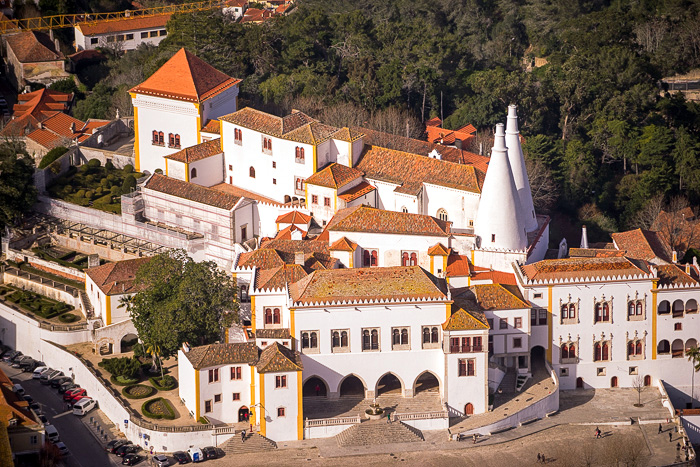
The first references to this palace date from the 11th century, when Sintra was under the dominion of the Arabs. Of course, a palace like Sintra’s doesn’t simply survive for over 1000 years without some major changes and renovations — almost all of the current interior dates from the days of Christian kings, particularly the reign of King Manuel I (1495-1521). The weight of this palace’s history is palpable in every room, with an architectural layout so idiosyncratic it could only have been the product of centuries of development.
The self-guided tour starts off strong, in a couple of the palace’s most impressive chambers: the Swan Room and the Magpie Room. The former has earned its name thanks to the legion of swans which decorate its ceiling in a series of 27 individual paintings on wooden panels.
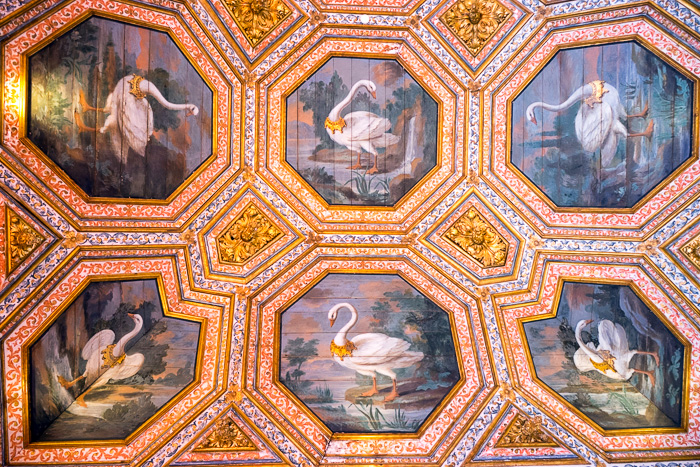
The Magpie Room is even more impressive, with a geometric grid of 136 ceiling panels, each of which features a single magpie holding a rose in its mouth and a scroll in its claw. The red rose refers to the House of Lancaster, the house of the Queen, and the scroll says “Por Bem”, meaning “For Well”. A colorful legend explains that, upon being caught handing a rose to a serving girl, the King protested his innocence with the phrase “For Well”, meaning that he was giving the rose amicably, and without amorous intent. The incident provided the palace’s attendants much to gossip about, annoying the king greatly. In response, he designed this room’s ceiling: the 136 magpies represent the tittering, gossiping servants.
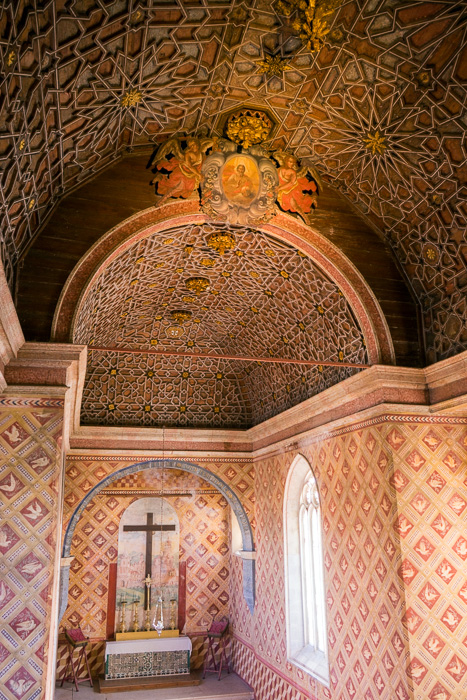
Wandering through the palace, you get the feeling that over the centuries, these walls have seen plenty of royal intrigue. We would have loved to spend a lot of time in each room… but there are dozens of them! The Mermaid Room, the various bedrooms, the Arab room with its central water fountain, the patios and the amazing Palatine chapel. The route is circuitous and you could easily get lost, were it not for the arrows leading you from one chamber to the next.
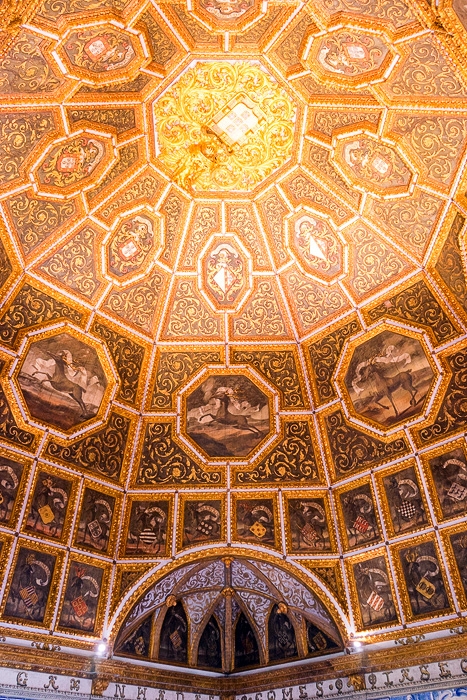
We loved everything, but two more rooms bear special mention. The first is the Heraldry Room, or the Blazons Room, where your eyes will be drawn immediately to the unbelievable ceiling. In the center, the Royal Family’s coat of arms, surrounded by those of the country’s 72 most important families. This ceiling has been invaluable to researches investigating the heraldic past of Portugal, and is without equal in all of Europe.
The other highlight was the kitchen, identifiable from the outside by the two giant chimneys which stretch 33 meters into the air. We’ve never seen anything like it… the entire kitchen is basically a chimney pit, designed to be completely self-contained and cut-off from the rest of the palace, because of the constant threat of fire.

Up until having visited the Palacio Nacional de Sintra, we had been debating which of Sintra’s many palaces to skip, assuming that we wouldn’t really want to see all of them. But this debate was now over. If the other palaces were even half as fascinating as this, it would be criminal to skip a single one.
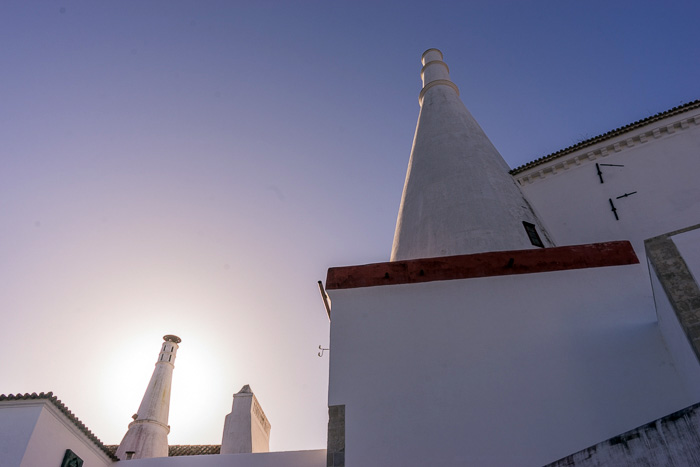

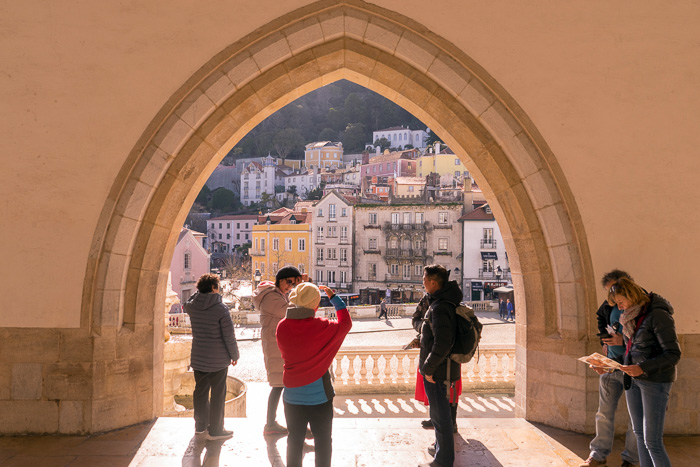
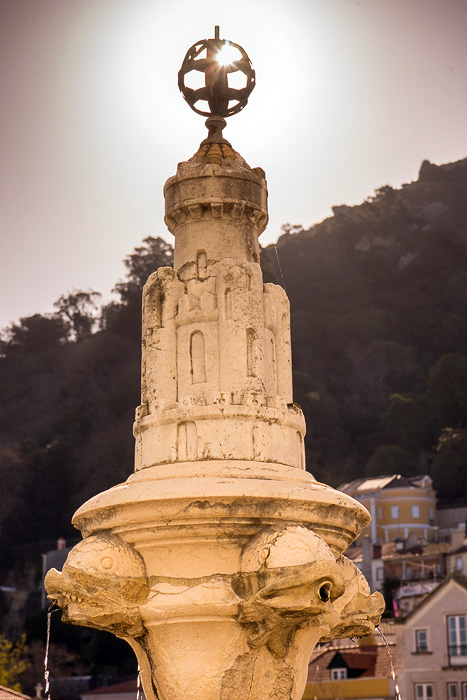
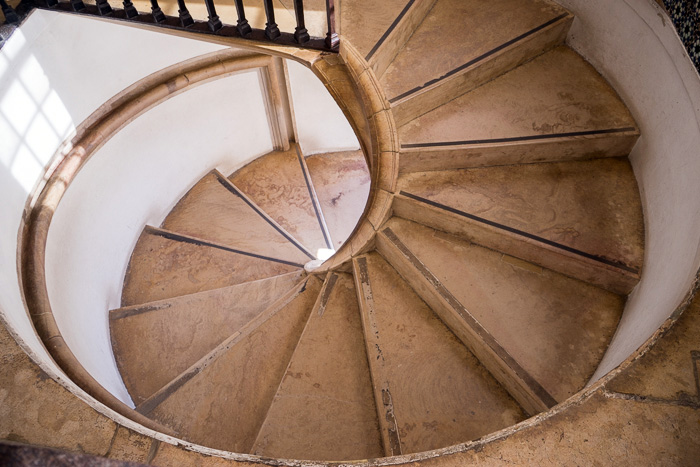

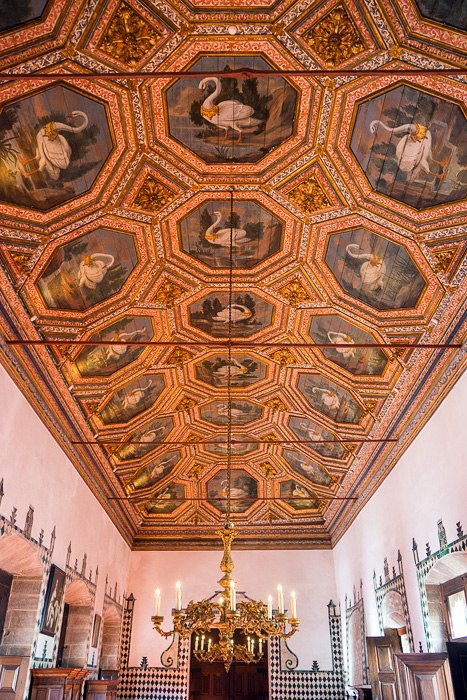
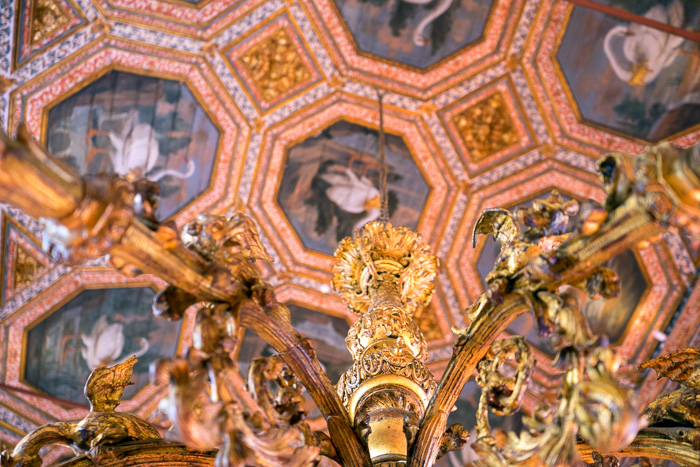
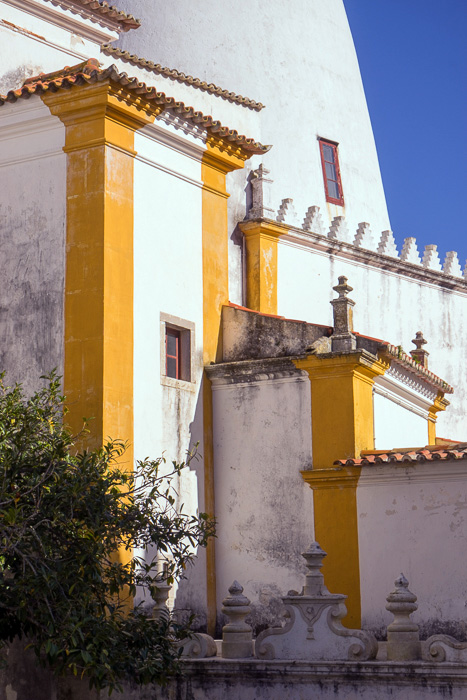
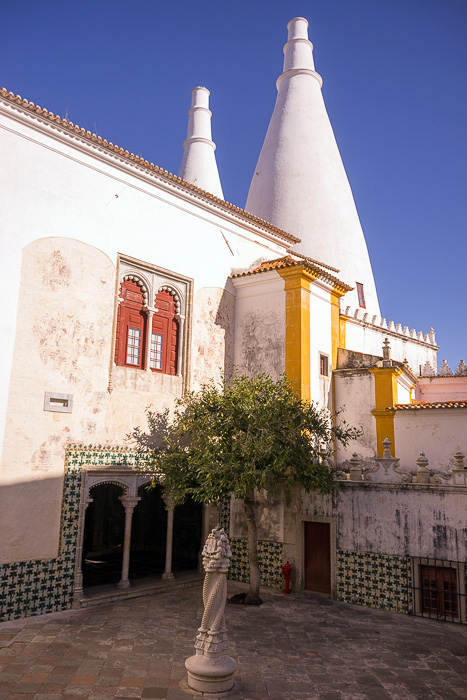
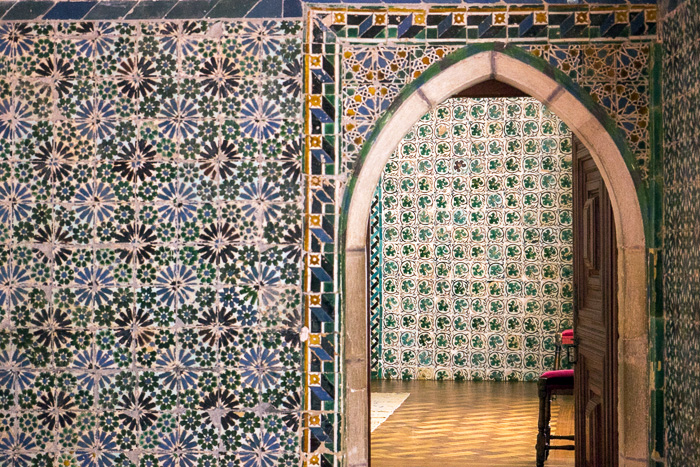
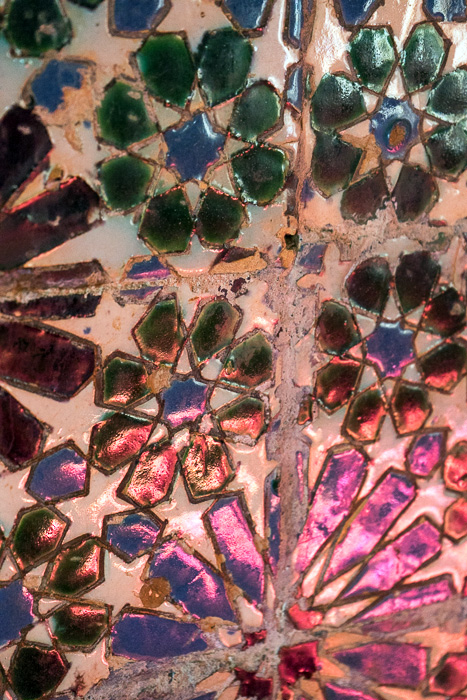

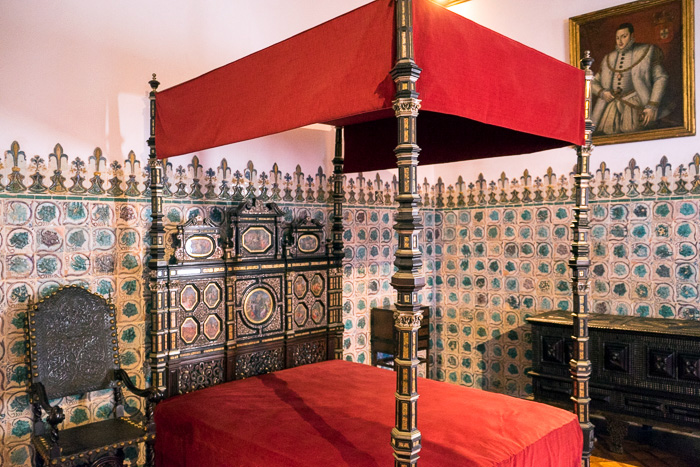
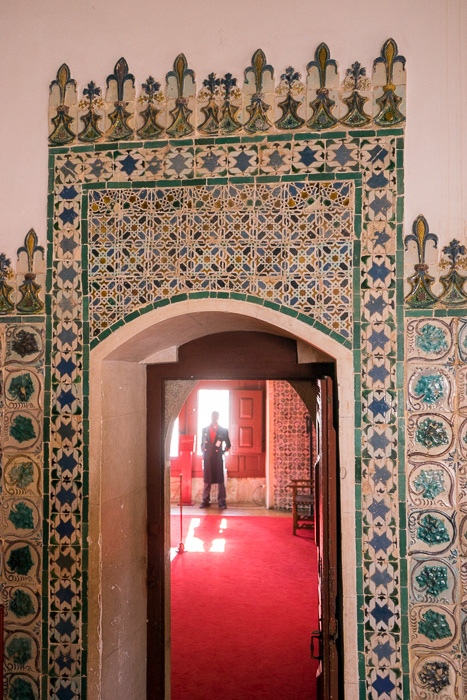
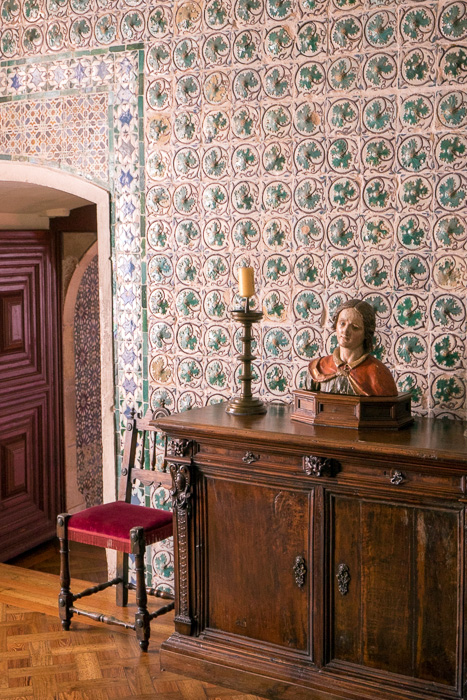
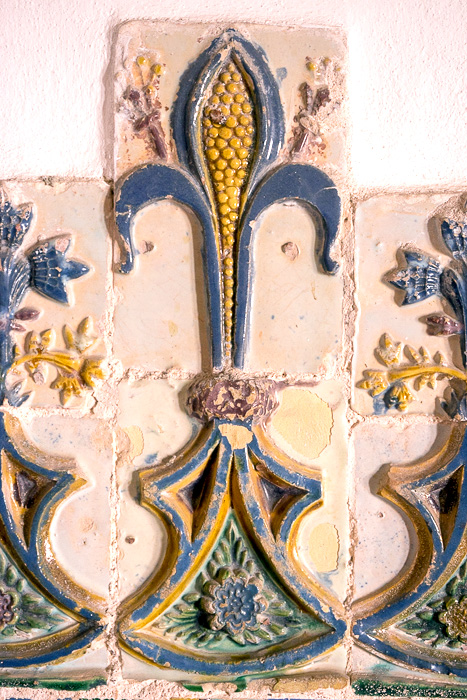
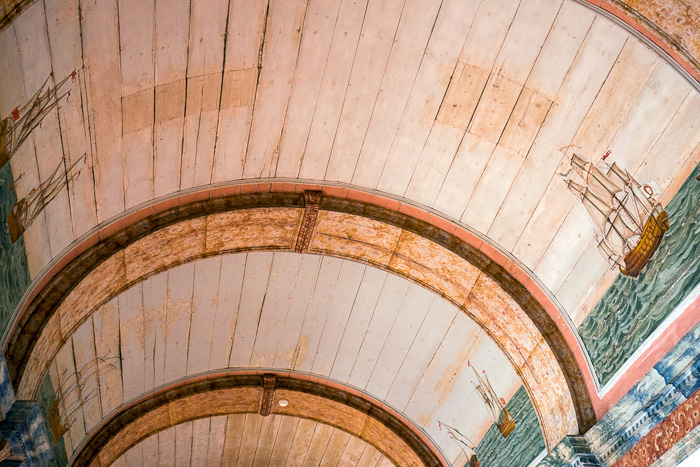
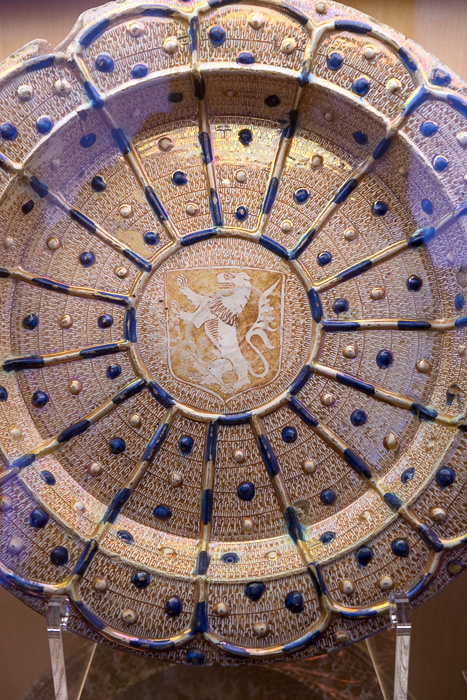
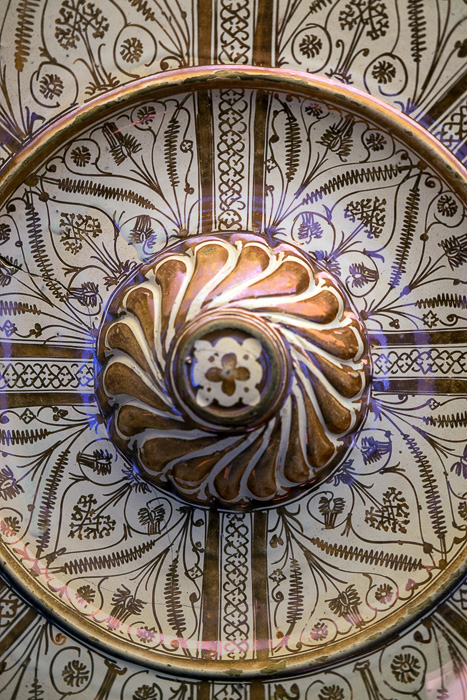
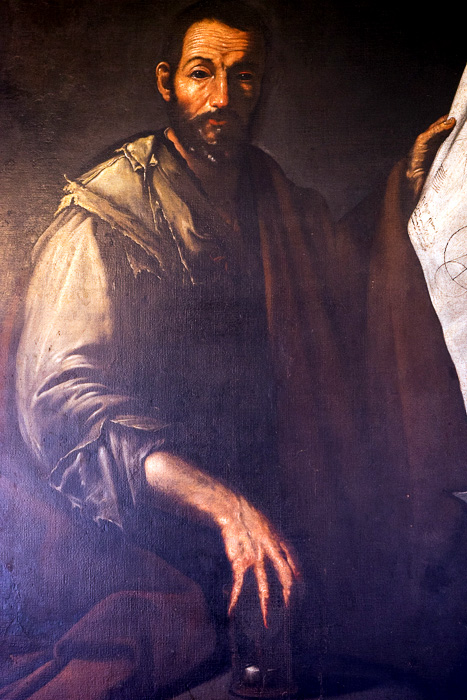
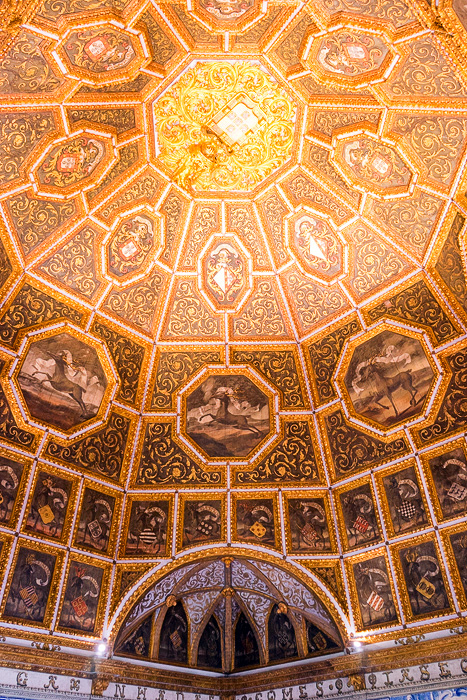
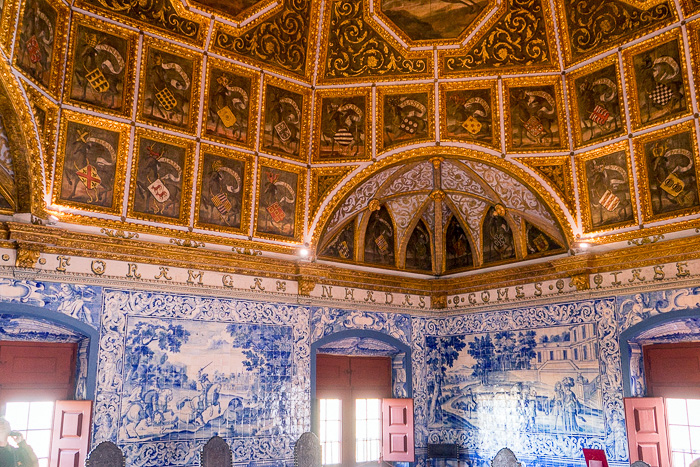
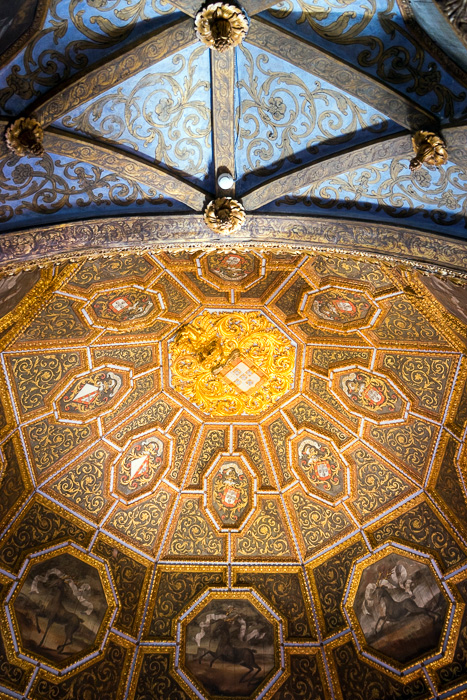
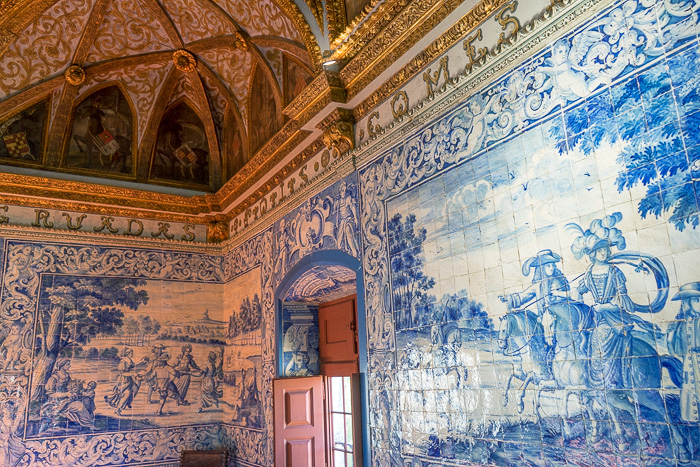
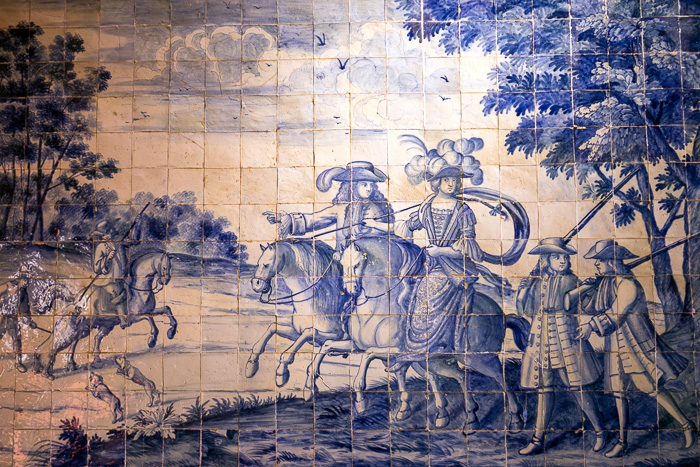
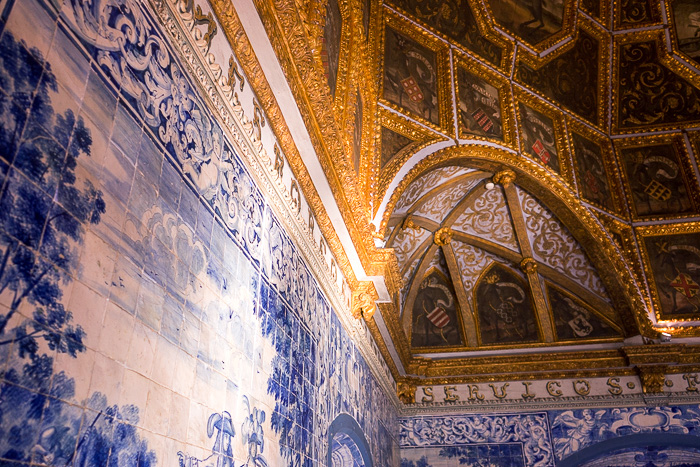
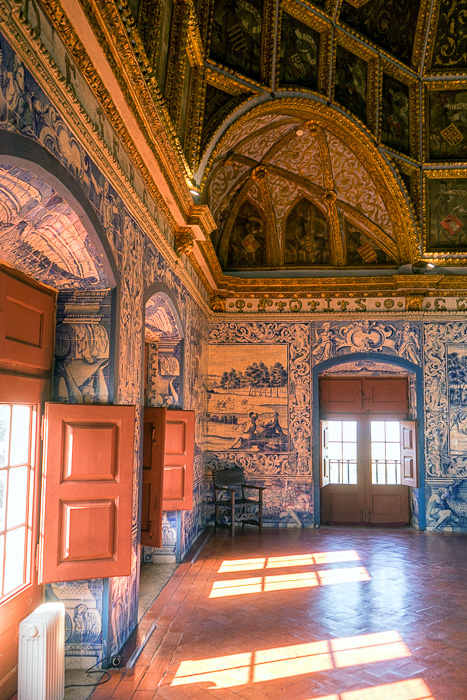
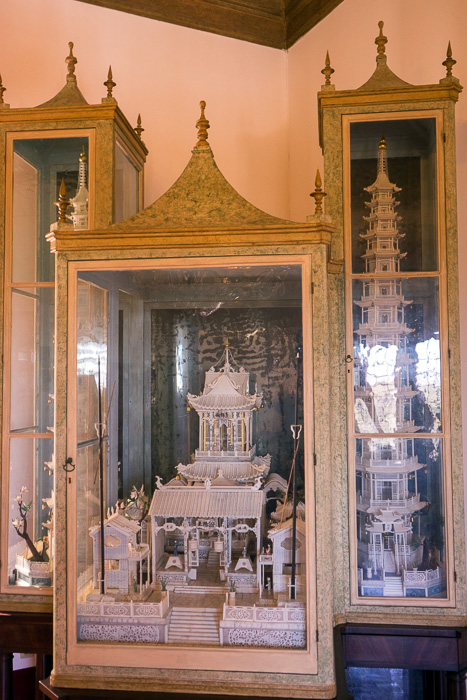
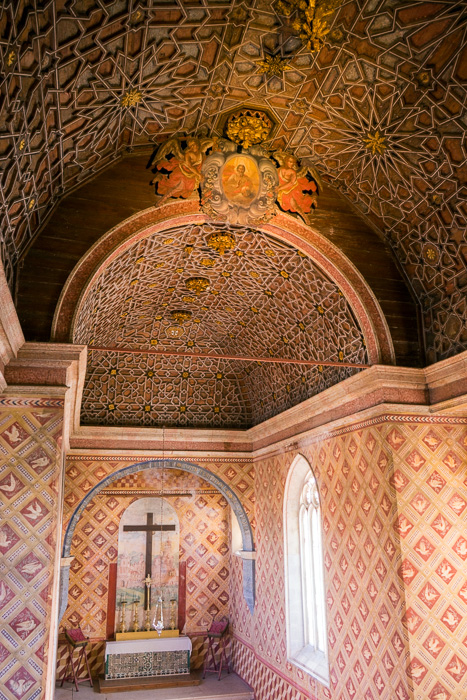
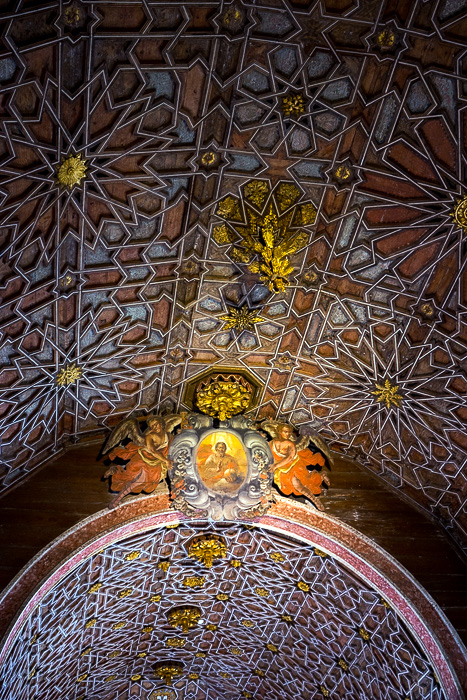

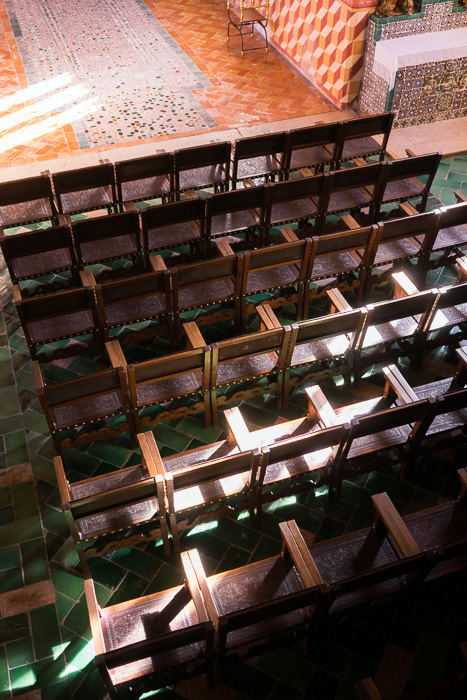
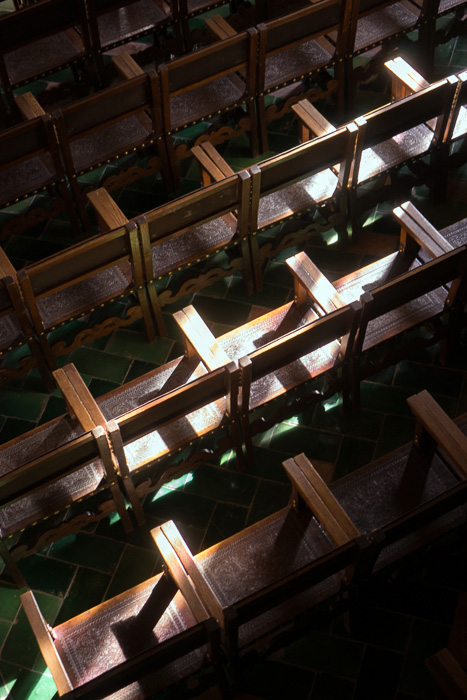

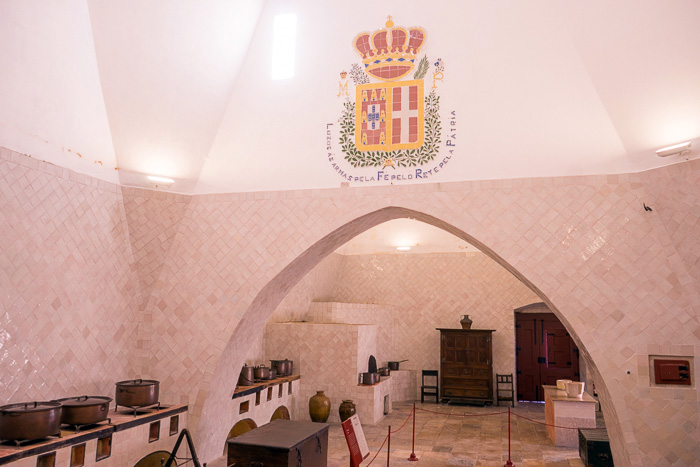
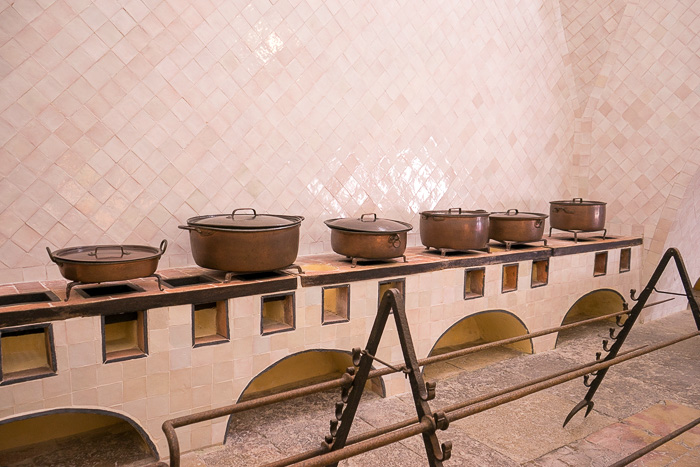
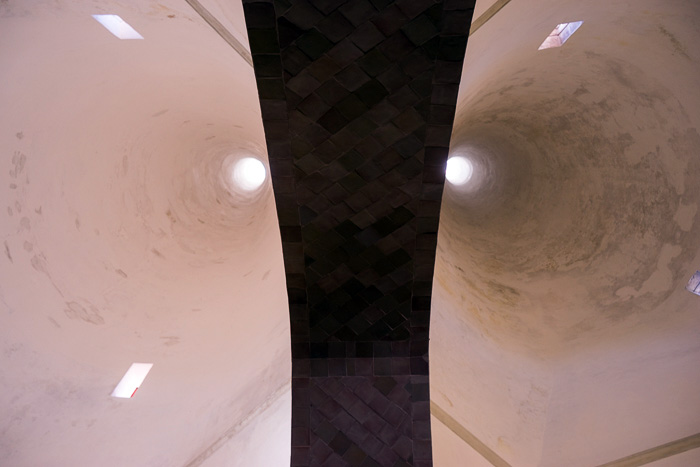

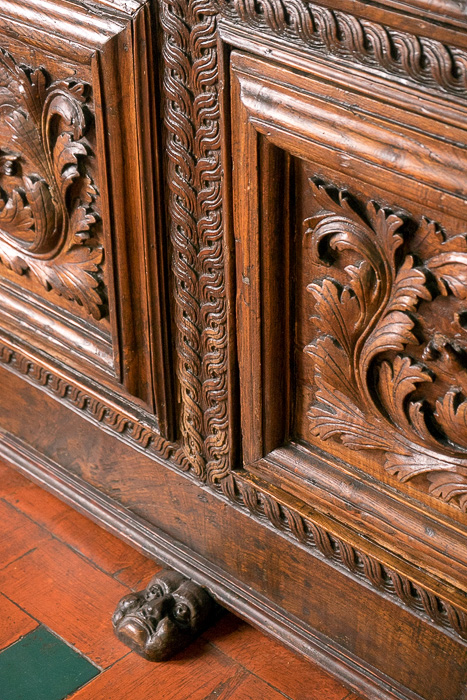
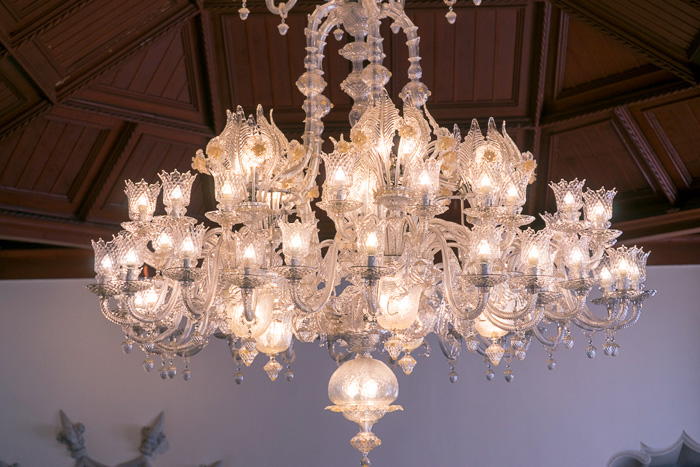
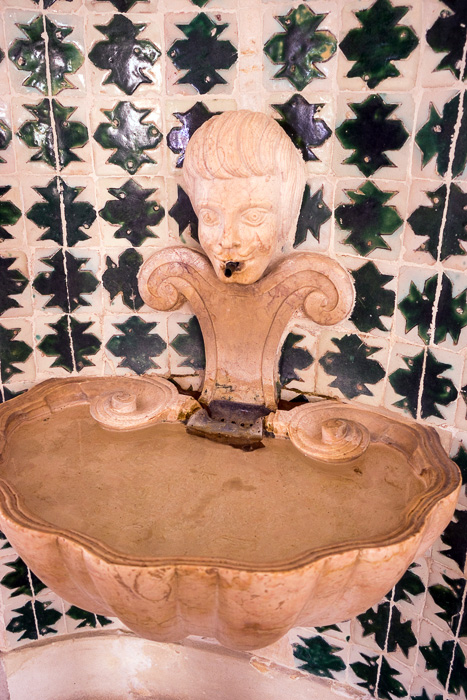
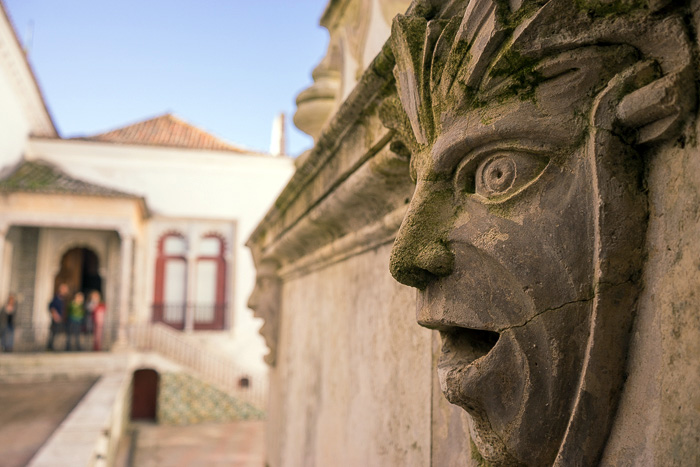
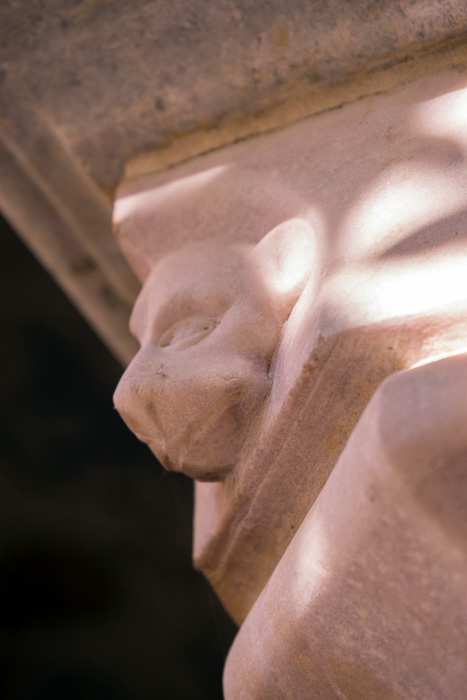

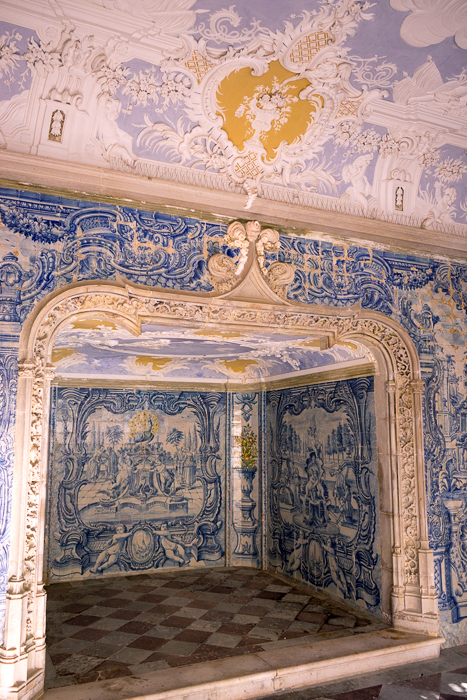
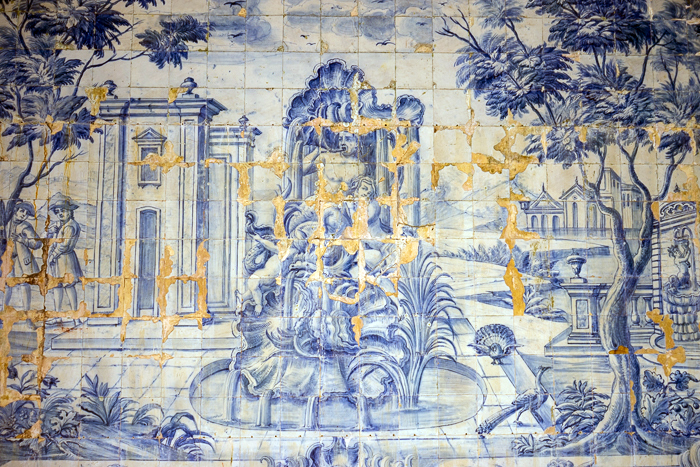
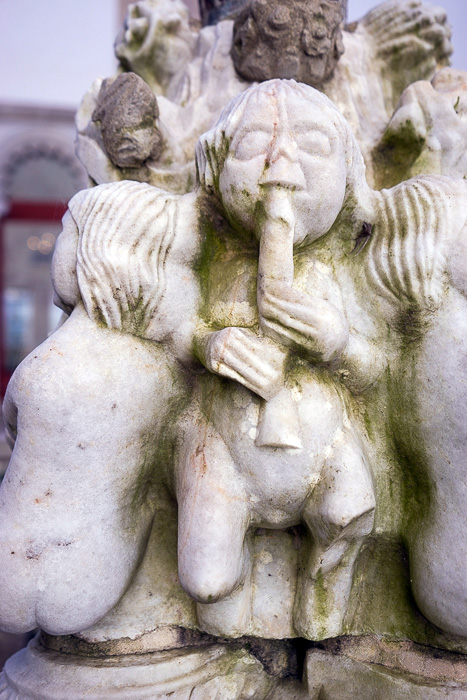
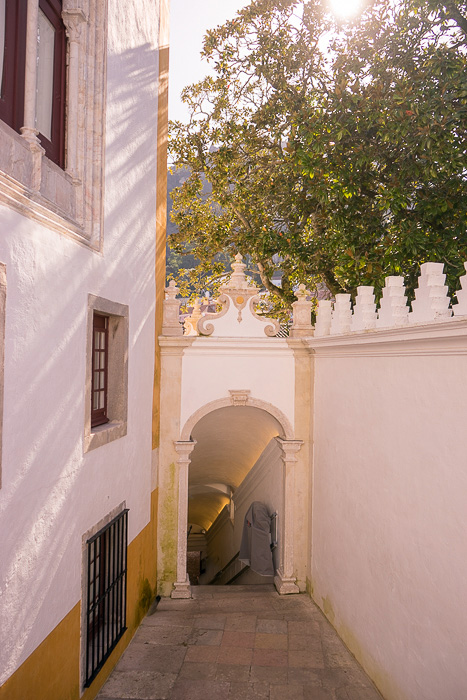
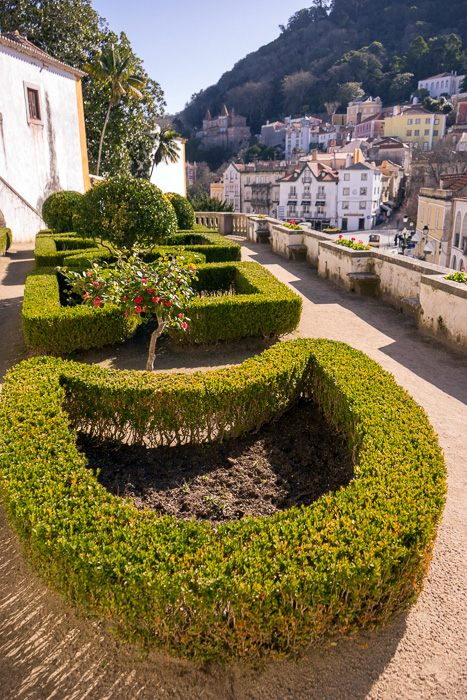
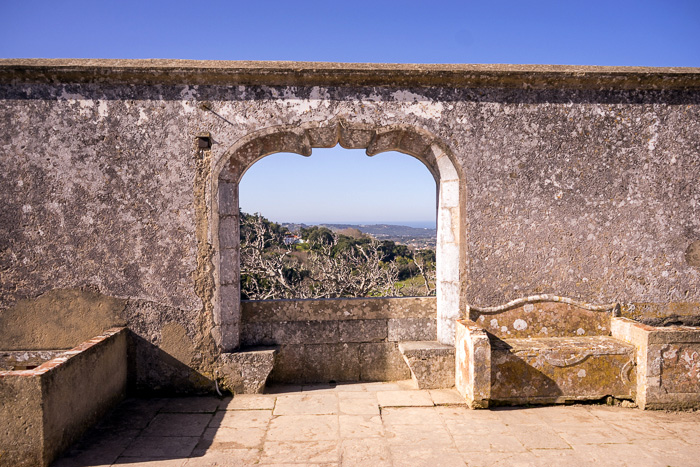
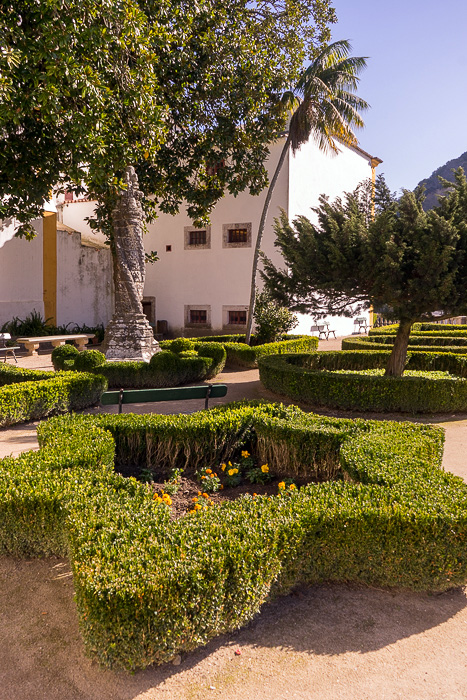


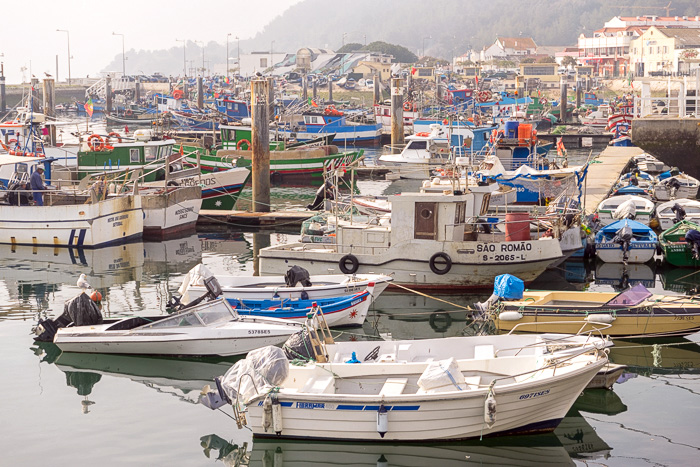
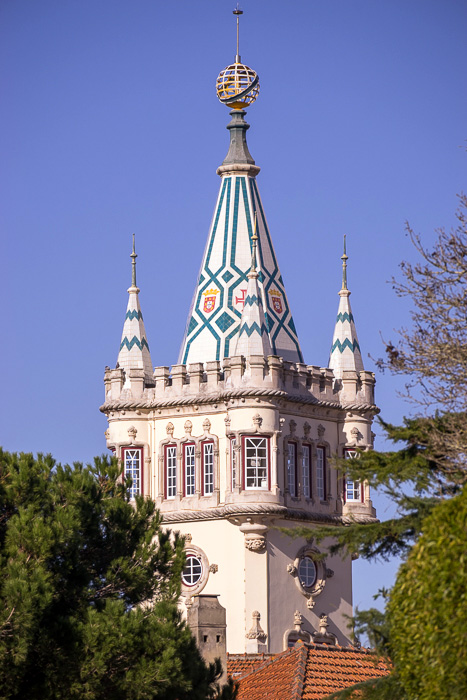

Now that I’ve seen your photos of Sintra it’s going on my “must see” list. WOW!!!